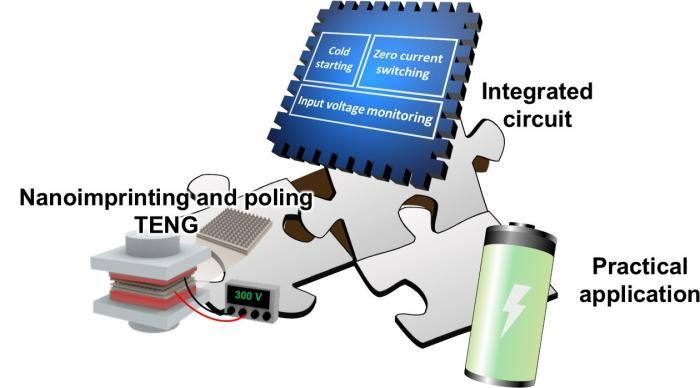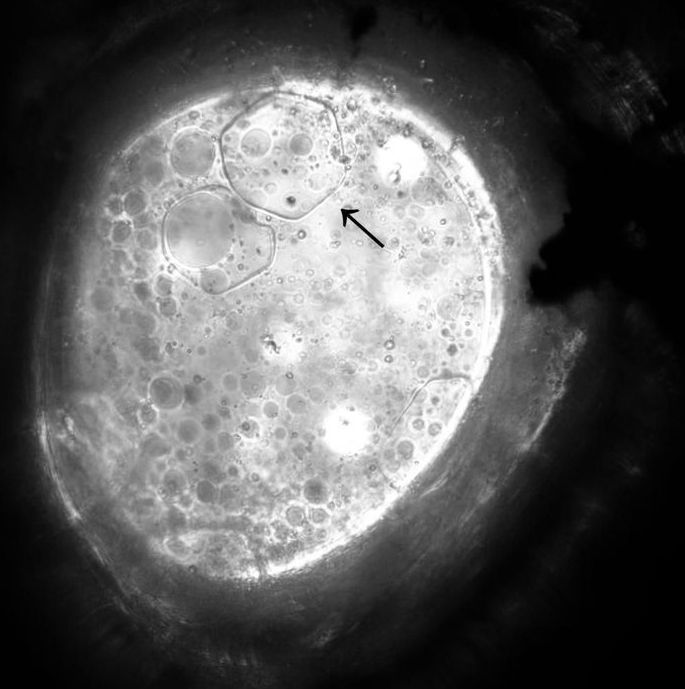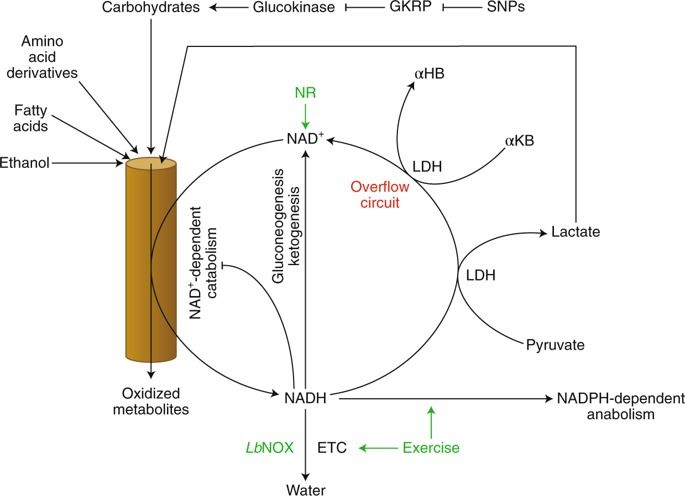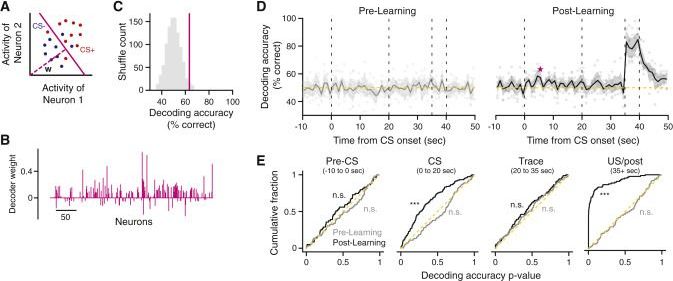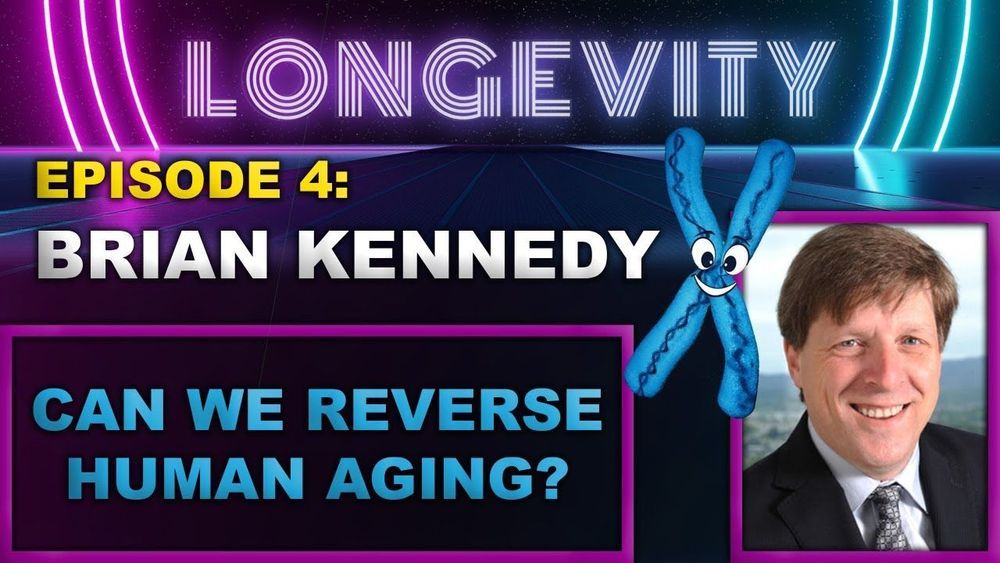Prof. Dong Sung Kim and his joint research team presented a new technology that can increase the amount of power generated by a triboelectric nanogenerator. The research team developed a high-efficiency integrated circuit to obtain reliable and practical electrical energy from the triboelectric nanogenerator.
This spring will bring to North America a batch of 17-year cicadas known as Brood IX. Scientists are asking for help tracking them amid the global pandemic.
Researchers have designed a new way to make concrete that would make frustrating cracks a thing of the past.
A CNN crew was arrested while giving a live television report Friday morning in Minneapolis — and then released about an hour later — as the crew covered ongoing protests over the death in police custody of George Floyd.
State police detained CNN correspondent Omar Jimenez, his producer and his photojournalist shortly after 5 a.m. CT (6 a.m. ET) as Jimenez was reporting live from a street south of downtown, near where a police precinct building was earlier set ablaze.
Whereas textbooks depict metabolism in perfect homeostasis, disturbances occur in real life. One particularly relevant disturbance, caused by excess food and alcohol consumption and exacerbated by genetics, is reductive stress. New work by Goodman et al. identifies a biomarker of reductive stress and uses a gene therapy solution in mice. This work suggests how exercise and an accessible nutritional technology can synergistically increase catabolism and relieve reductive stress.
In the local (redshift z ≈ 0) Universe, collisional ring galaxies make up only ~0.01% of galaxies1 and are formed by head-on galactic collisions that trigger radially propagating density waves2,3,4. These striking systems provide key snapshots for dissecting galactic disks and are studied extensively in the local Universe5,6,7,8,9. However, not much is known about distant (z 0.1) collisional rings10,11,12,13,14. Here we present a detailed study of a ring galaxy at a look-back time of 10.8 Gyr (z = 2.19). Compared with our Milky Way, this galaxy has a similar stellar mass, but has a stellar half-light radius that is 1.5–2.2 times larger and is forming stars 50 times faster. The extended, diffuse stellar light outside the star-forming ring, combined with a radial velocity on the ring and an intruder galaxy nearby, provides evidence for this galaxy hosting a collisional ring. If the ring is secularly evolved15,16, the implied large bar in a giant disk would be inconsistent with the current understanding of the earliest formation of barred spirals17,18,19,20,21. Contrary to previous predictions10,11,12, this work suggests that massive collisional rings were as rare 11 Gyr ago as they are today. Our discovery offers a unique pathway for studying density waves in young galaxies, as well as constraining the cosmic evolution of spiral disks and galaxy groups.
Episodic memory requires linking events in time, a function dependent on the hippocampus. In “trace” fear conditioning, animals learn to associate a neutral cue with an aversive stimulus despite their separation in time by a delay period on the order of tens of seconds. But how this temporal association forms remains unclear. Here we use two-photon calcium imaging of neural population dynamics throughout the course of learning and show that, in contrast to previous theories, hippocampal CA1 does not generate persistent activity to bridge the delay. Instead, learning is concomitant with broad changes in the active neural population. Although neural responses were stochastic in time, cue identity could be read out from population activity over longer timescales after learning. These results question the ubiquity of seconds-long neural sequences during temporal association learning and suggest that trace fear conditioning relies on mechanisms that differ from persistent activity accounts of working memory.
Sirtuins, telomeres, A.I. experiment with vitamin A and personalized medicine, a bit of everything here.
https://facebook.com/LongevityFB https://instagram.com/longevityyy https://twitter.com/Longevityyyyy https://linkedin.com/company/longevityy
- Please also subscribe and hit the notification bell and click “all” on these YouTube channels:
https://youtube.com/Transhumania
https://youtube.com/BrentNally
https://youtube.com/EternalLifeFan
https://youtube.com/MaxEternalLife
https://youtube.com/LifespanIO
https://youtube.com/LifeXTenShow
https://youtube.com/BitcoinComOfficialChannel
https://youtube.com/RogerVer
https://youtube.com/RichardHeart
https://youtube.com/sciVive
Brian Kennedy’s Lab Website:
A warning that hackers are exploiting vulnerable email servers doesn’t qualify as an unusual event in general. But when that warning comes from the National Security Agency, and the hackers are some of the most dangerous state-sponsored agents in the world, run-of-the-mill email server hacking becomes significantly more alarming.
On Thursday, the NSA issued an advisory that the Russian hacker group known as Sandworm, a unit of the GRU military intelligence agency, has been actively exploiting a known vulnerability in Exim, a commonly used mail transfer agent—an alternative to bigger players like Exchange and Sendmail—running on email servers around the world. The agency warns that Sandworm has been exploiting vulnerable Exim mail servers since at least August 2019, using the hacked servers as an initial infection point on target systems and likely pivoting to other parts of the victim’s network. And while the NSA hasn’t said who those targets have been, or how many there are, Sandworm’s history as one of the most aggressive and destructive hacking organizations in the world makes any new activity from the group worth noting.
“We still consider this to be one of the most, if not the most aggressive and potentially dangerous actor that we track,” says John Hultquist, the director of intelligence at FireEye, who also led a team at iSight Partners when that company first discovered and named Sandworm in 2014.
The US National Security Agency (NSA) has published today a security alert warning of a new wave of cyberattacks against email servers, attacks conducted by one of Russia’s most advanced cyber-espionage units.
The NSA says that members of Unit 74455 of the GRU Main Center for Special Technologies (GTsST), a division of the Russian military intelligence service, have been attacking email servers running the Exim mail transfer agent (MTA).
Also known as “Sandworm,” this group has been hacking Exim servers since August 2019 by exploiting a critical vulnerability tracked as CVE-2019–10149, the NSA said in a security alert [PDF] shared today with ZDNet.
